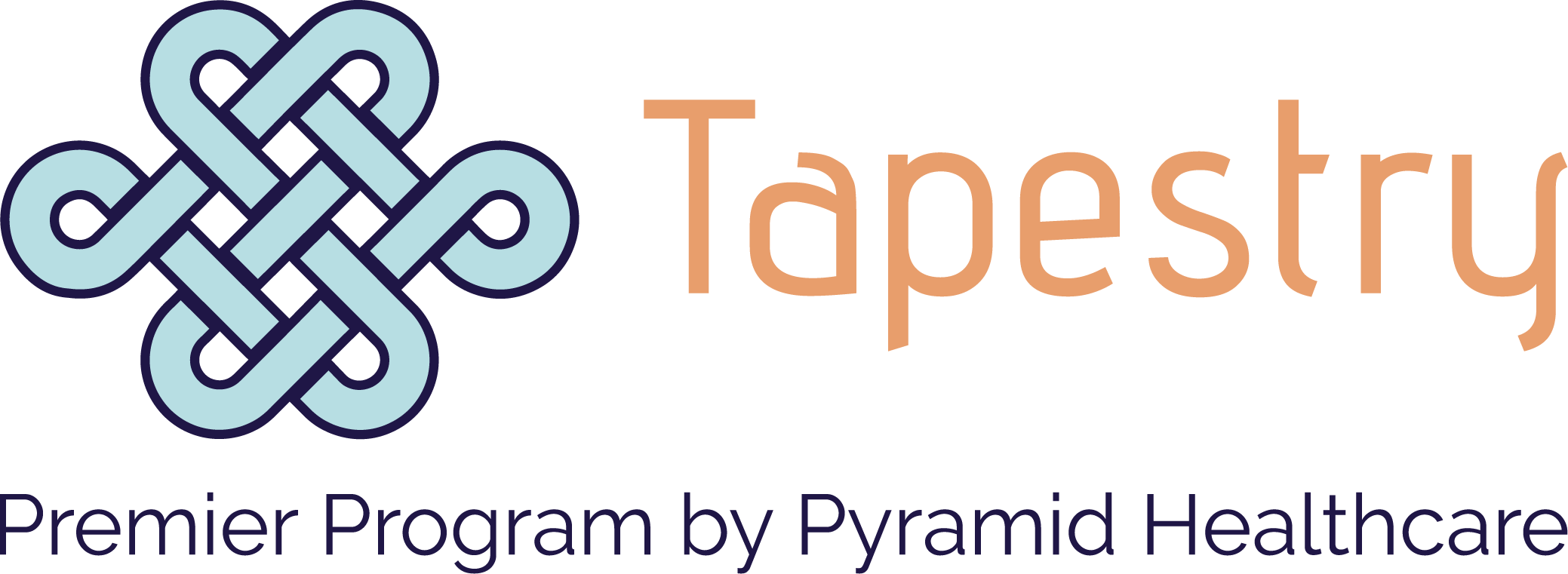Post-traumatic stress disorder (PTSD) can occur in any individual following the experience of intense distress. Oftentimes, PTSD is associated with veterans who have lived through the terrors of war. But PTSD can manifest as a result of witnessing/experiencing any traumatic event, such as a car accident, terrorist attack, abuse or violence.
Even individuals who are exposed to constant, prolonged stress, like domestic violence, can suffer from PTSD.
Suffering from PTSD can be a challenge for anyone, and while there is no one-and-done cure for it, PTSD therapy can, and does, help many clients find relief. By working alongside a therapist trained in treating PTSD, you’ll be able to create a treatment plan to help you reach your treatment goals.
Am I suffering from PTSD?
While only a medical professional can officially diagnose PTSD (they’ll assess current medical and psychological conditions, as well as determine any matching criteria from the DSM-5), there are a number of signs you might notice, including:
- Nightmares and/or flashbacks regarding the event
- Painful/overwhelming emotions about the event
- Difficulty focusing or scattered emotions/thoughts/feelings
- Feeling easily agitated, jumpy or on edge
- Guilt or self-blame
- Experiencing unpleasant emotions like anxiety, depression or numbness
Everyone’s experience of PTSD is different, and some individuals who experience the same traumatic event might develop PTSD while others might not. Therefore, it’s crucial to rely on the expertise of trauma-therapists to guide you in determining the best level of care for your particular treatment timeline.
PTSD treatment goals
As with many treatment plans, PTSD treatment seeks to help individuals process their emotions, feel safe in their space and learn to cope with unpleasant emotions and triggers when they arise.
PTSD treatment seeks to address many areas, including:
- Connection
- Safety
- Attachment issues
PTSD treatment programs use holistic therapies, neuroscience, acceptance, and commitment therapy (ACT) to provide individuals with their best chance at recovery.
PTSD often affects more than just one’s mental state—chronic stress brought about by PTSD often takes a negative toll on one’s physical health as well. Therefore, these methods help clients recover in all areas, emotionally, mentally and physically.
Treatment plan for PTSD recovery
Recovery from PTSD is rarely linear; instead, it takes time, setbacks and persistent determination to progress through all the stages of recovery. Additionally, each treatment plan is unique to each individual, as personalized care is the surest path towards recovery.
That being said, a number of different treatment modalities are often utilized to promote the best recovery journey. A treatment plan is likely to include one or more of the following methods:
- Cognitive therapy – By talking with your therapist about the traumatic event, as well as the resulting thoughts that get in the way of your daily life, you’ll begin to slowly work through and out of the feelings that are keeping you stuck, especially those of self-blame or guilt.
- Exposure therapy – Often done in conjunction with cognitive therapy, exposure therapy slowly and safely exposes you to thoughts, experiences and memories which you find triggering or frightening. Done in the safe environment of a therapy session with guided breathing exercises, you’ll slowly learn to cope with and work through the emotions which may arise.
- Holistic treatment – Holistic treatment focuses on the whole person, not just the symptoms they might be experiencing. Depending on the case, this might include music or art therapy, yoga, meditation and even equine therapy.
- Medications – Certain approved medications have been used in the treatment of PTSD to help ease some symptoms like anxiety and depression. Using medication can help ease severe symptoms which, in turn, can promote openness and relaxation during sessions.
One of the best things about personalized treatment plans is the focus on you and your goals. For example, if you find yoga and breathing exercises to be beneficial in managing anxiety, you have the option of speaking with your therapist about incorporating it frequently. Similarly, if exposure therapy proves overwhelming at the start, you have the option of moving at a slower pace as you work it into treatment.
Helping you meet your goals
While no clock can ever turn back time or erase traumatic moments from our past, techniques like external processing, controlled breathing and other mechanisms learned through therapy can help us not just survive, but thrive in daily life.
If you have noticed signs of PTSD in your life, have experienced a traumatic situation or simply wish to learn more about treatment plans and timelines, reach out to Tapestry today. Call us at 828-490-4032.






